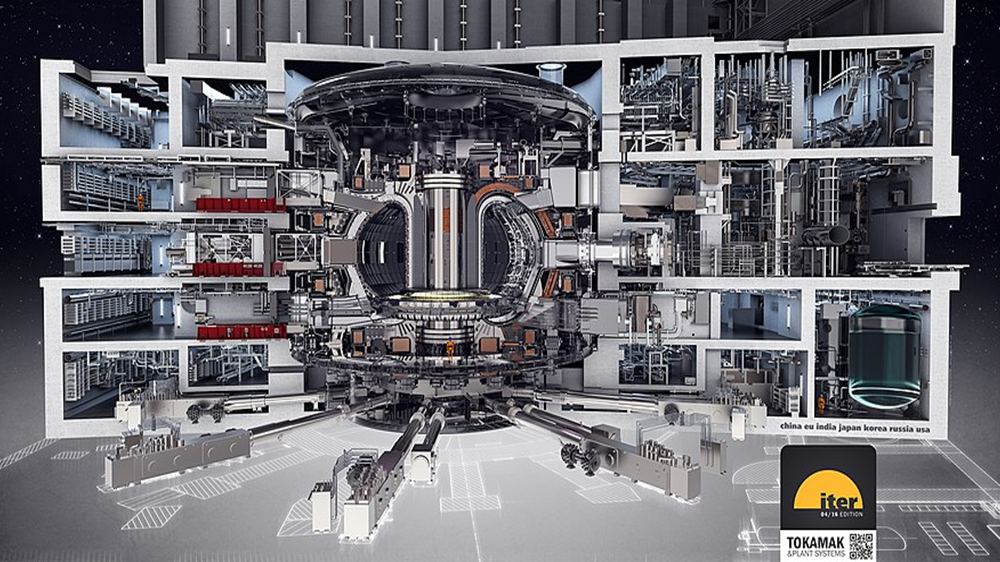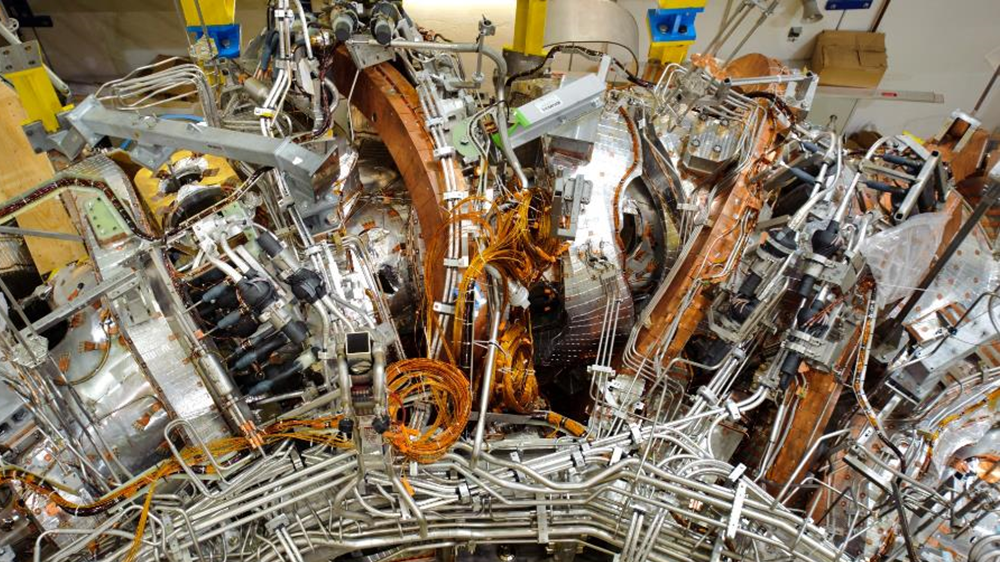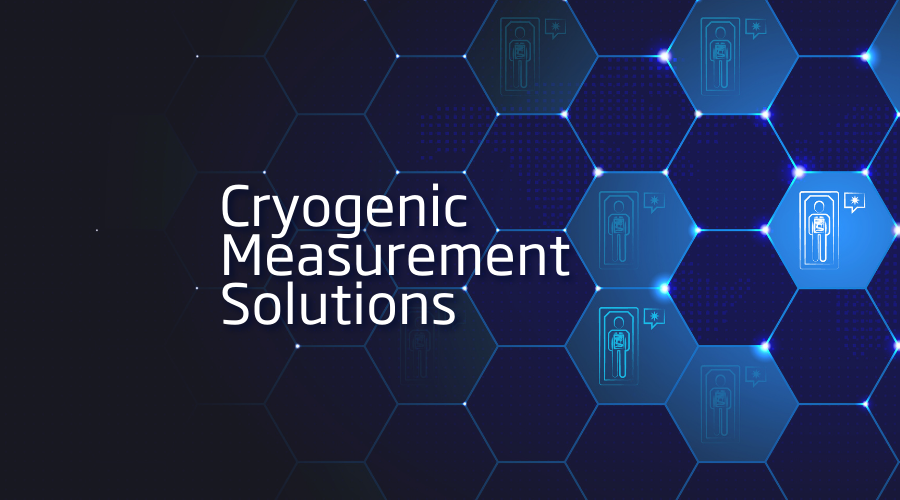As the demand for hydrogen-powered systems grows, so too does the need for precise measurement technology in extreme environments. Hydrogen technologies often operate at cryogenic temperatures, where precision and reliability are critical for ensuring safe and efficient performance. Gantner Instruments is proud to offer state-of-the-art cryogenic measurement solutions, including our Q.bloxx A105 CR Module, designed specifically for applications in hydrogen production, storage, and fuel cells.
Cryogenic Precision with the Q.bloxx A105 CR
The Q.bloxx A105 CR Module is designed to provide highly accurate temperature measurements at cryogenic levels, ideal for use in hydrogen-powered engines and liquefied hydrogen storage systems. Featuring 4 galvanically isolated input channels, it supports popular cryogenic sensor types such as Cernox® and TVO, with selectable ranges up to 25 kΩ, which makes the module adaptable for use with a variety of cryogenic sensors, which is essential in the fast-growing hydrogen sector.
Key features of the A105 CR Module include:
- 7.5 µA sensor excitation: Minimizes sensor self-heating to reduce measurement errors, which is critical in maintaining accuracy at cryogenic temperatures.
- High-accuracy digitalization with a 24-bit ADC: Ensures stable, precise readings even in rapidly changing environments, with a sample rate of 10 Hz per channel.
- Sensor-specific linearization: Up to 32 calibration points allow for precise compensation of non-linearity in cryogenic temperature sensors, providing long-term stability and accuracy across various hydrogen applications.
Advanced Solutions for Hydrogen Storage Systems
Hydrogen storage and transport systems, especially those operating with liquefied hydrogen, are susceptible to extreme temperature variations. The Q.bloxx A105 CR Module ensures stable and accurate temperature readings, which are essential for optimizing storage conditions, preventing boil-off losses, and ensuring the structural integrity of hydrogen containment vessels. The module can handle high-resistance sensors and support extended measurement ranges, making it ideal for emerging applications where new sensor technologies are rapidly evolving.
For hydrogen vessel testing, the A105 CR supports continuous monitoring of the temperature within critical components, enabling real-time adjustments to maintain optimal operating conditions. The module’s precise measurements help prevent performance degradation due to thermal stress or uneven heat distribution in the system.
Maximizing Efficiency in Cryogenic Hydrogen Testing
Gantner Instruments’ cryogenic measurement solutions help push the boundaries of innovation in hydrogen technology. By ensuring long-term measurement stability and reducing sensor self-heating, our modules provide the reliability required for hydrogen storage, fuel cell development, and cryogenic engine performance. Whether integrated into R&D projects or full-scale industrial applications, the Q.bloxx A105 CR Module delivers the precision necessary to support the future of hydrogen energy.
The Q.bloxx A105 CR Module is just one of the advanced measurement modules that can be integrated into the Q.series X system for a complete characterization of thermal, mechanical, and electrical working conditions in extreme environments with extreme accuracy.
Proven Expertise in Cryogenic Hydrogen Applications
Gantner Instruments has a strong track record of providing advanced measurement solutions for complex cryogenic applications, including significant projects in nuclear fusion research and hydrogen energy systems. Our ability to deliver precise, reliable, and customizable data acquisition systems has led to our selection for several demanding projects.
ITER Cryogenic System Monitoring
Reason for Selection: Our capability to deliver highly accurate temperature measurements at cryogenic levels, combined with custom solutions to mitigate magnetic field interference, made us the preferred choice for ITER’s critical monitoring needs. The Q.bloxx A105 CR module’s low excitation current minimized sensor self-heating, ensuring precise measurements essential for maintaining the superconducting magnets at temperatures as low as 2–3 K.

Wendelstein 7-X Fusion Reactor Monitoring by Max Planck Institute for Plasma Physics (IPP)
Reason for Selection: The project’s requirements included precise measurements across a wide temperature range, resistance to strong magnetic fields, and minimal sensor self-heating. Our intermittent measuring modes reduced power to the sensors, minimizing self-heating and thermal voltages, which was crucial for accurate measurements in the challenging environment of a fusion reactor.

More articles
New Monitoring Solution – Q.series Portable
For short-term or rout-based condition monitoring of various assets we now provide a portable system solution. Our new Q.series Portable based on Q.station 101 and OEM-boards for analog and digital inputs contained in a robust transport case is fully engineered and ready to use ‘out of the box’. The electronic boards and the power supply system are mounted on shock absorbers to withstand heavy-duty work under harsh environments in the field.
Read more...Aerospace Test and Industry Development Conference 2024
Join us at the 2024 Aerospace Equipment Digital Intelligence Test and Industry Development Conference for a deep dive into the future of aerospace technology.
Read more...Enhanced Functionality with GI.bench’s Newest Release: Revamped UI, Powerful Tools and More!
Introducing the latest update to our powerful and intuitive testing and measurement software - GI.bench. This update promises to elevate your testing capabilities with features designed to streamline your workflow and maximize productivity.
Read more...The Aerospace Test & Development Show 2025
Join us at booth 301 from September 30th to October 1st, 2025, in Toulouse at the Aerospace Test & Development Show.
Read more...